Importing goods from China to Poland can be a complex endeavor, fraught with various regulations, documentation requirements, and customs procedures. As Poland, a member of the European Union (EU), adheres to specific import regulations focused on safety, quality control, and environmental standards, it is crucial for importers to navigate these intricacies effectively. This guide aims to provide a comprehensive overview of the import process, highlighting essential regulations, documentation, customs clearance procedures, and best practices. By understanding these key elements, businesses can enhance compliance, mitigate risks, and streamline their importing operations, ultimately leading to a successful import experience.
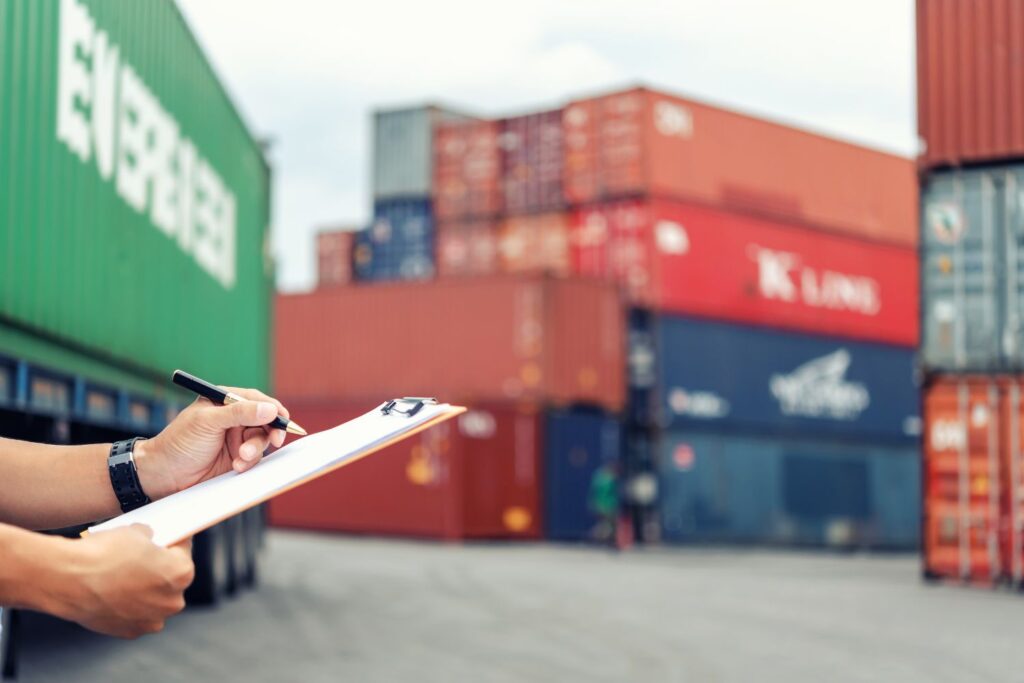
Understanding Import Procedures from China to Poland
Overview of Import Regulations in Poland
Poland, as a member of the European Union (EU), adheres to specific import regulations that ensure compliance with EU law while facilitating trade. Import regulations primarily focus on safety, quality control, and environmental standards. Key points to consider include:
-
Tariff Codes and Duties: When importing goods, it’s essential to determine the appropriate tariff classification, as it affects the customs duties and VAT that will apply. Poland follows the Combined Nomenclature (CN) system, which aligns with the EU’s customs tariff.
-
Import Licenses: Certain goods may require import licenses or permits, particularly those that are controlled or restricted. Importers must ensure that they are aware of any licensing requirements for their specific product categories.
-
Compliance with EU Regulations: Products must comply with EU standards, which may include product safety directives, environmental regulations, and consumer protection laws. For example, electronic products often require CE marking to demonstrate conformity with EU standards.
-
Customs Procedures: All imports into Poland must go through customs clearance, which includes the declaration of goods and payment of applicable duties and taxes. The Polish Customs Service oversees this process, ensuring compliance with EU regulations.
-
Trade Agreements: Poland benefits from various trade agreements, allowing for preferential tariff rates and reduced duties on specific goods from select countries, including China.
Understanding these regulations is vital for anyone looking to import goods from China to Poland, ensuring compliance and avoiding potential penalties.
Key Differences Between Importing to Poland and Other EU Countries
While Poland shares many similarities with other EU countries regarding import procedures, there are notable differences worth considering:
| Aspect | Poland | Other EU Countries |
|---|---|---|
| Customs Procedures | Operated by the Polish Customs Service, may have unique processes or requirements | Varies by country, but generally aligned with EU regulations |
| Tariff Codes | Specific to the Polish market, must be verified with Poland’s tariff schedule | Often standardized across EU, but local variations can exist |
| Product Standards | Must comply with national and EU standards, some products may have additional local regulations | Compliance with EU standards, but local implementation may vary |
| Economic Operator Registration | Requires EORI registration specific to Poland | EORI registration is required across the EU, but local registration may differ |
| Language Requirements | Documentation may need to be provided in Polish | Other EU countries may require documentation in their official language |
This comparative analysis highlights the importance of understanding local nuances when importing to Poland versus other EU member states.
Essential Documentation for Importing Goods
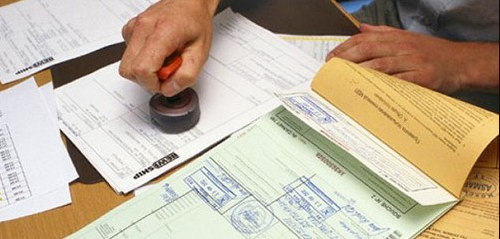
Proper documentation is crucial for the smooth importation of goods. Missing or incorrect paperwork can lead to delays, fines, or even confiscation of goods. Below are the essential documents required for importing goods from China to Poland.
Single Administrative Document (SAD) Explained
The Single Administrative Document (SAD) is a standardized form used for customs declarations in the EU. This document is crucial for importing goods as it consolidates various import-related information into a single form. Key components of the SAD include:
- Description of Goods: A clear description of the imported items, including their nature and purpose.
- Tariff Classification: Accurate tariff codes that align with the CN system, which impact duties and taxes.
- Value of Goods: Declaration of the transaction value, which determines the applicable customs duties.
- Origin of Goods: Information indicating the country of origin, impacting tariffs and compliance with trade agreements.
The SAD is a critical document for customs clearance, providing all necessary information for Polish customs authorities to assess the goods appropriately.
Importance of Economic Operator Registration and Identification (EORI)
The Economic Operator Registration and Identification (EORI) number is a unique identifier assigned to businesses and individuals involved in international trade within the EU. Its significance includes:
- Customs Clearance: An EORI number is required for all customs declarations, facilitating prompt processing of imports.
- Traceability: The EORI system enhances traceability for customs authorities, enabling better monitoring and compliance checks.
- Cross-Border Trade: It simplifies trade across EU member states, as a single EORI number is applicable throughout the EU.
For businesses intending to import goods from China, obtaining an EORI number through the Polish Customs Office is a fundamental step in ensuring efficient import operations.
Customs Declarations and Their Requirements
Customs declarations are a vital aspect of the import process, serving as formal notifications to customs authorities about the details of goods being imported. The requirements for customs declarations include:
- Accurate Information: All information must be accurate and complete, including details about the consignor, consignee, nature of goods, and financial transaction details.
- Supporting Documentation: In addition to the SAD, other supporting documents may be required, such as invoices, packing lists, and certificates of origin.
- Timeliness: Declarations must be submitted promptly to avoid delays in customs clearance, which can impact the overall supply chain.
Navigating the customs declaration process effectively ensures compliance with Polish regulations and minimizes the risk of delays or penalties.
By understanding these regulations and documentation requirements, importers can better navigate the complexities of bringing goods from China to Poland. Dantful International Logistics stands ready to assist with Door to Door Shipping, Customs Clearance, and other vital services, ensuring a seamless import experience for global traders. For expert guidance in your import journey, consider partnering with Dantful International Logistics.
Read More:
- Shipping From China To Netherlands
- Shipping From China To Spain
- Shipping From China To Germany
- Shipping From China To France
- Shipping From China to Italy
- Shipping From China To Poland
- Shipping From China to United Kingdom
Import Duties and Taxes
When importing goods from China to Poland, understanding the import duties and taxes is essential for accurate budgeting and compliance with Polish customs regulations. The structure of these financial obligations can significantly affect the overall cost of imported goods.
Breakdown of Customs Duties for Imported Goods
Customs duties are tariffs imposed by the government on goods imported into Poland. The rate of duty can vary widely based on several factors:
-
Tariff Classification: Each product has a specific tariff code that determines its duty rate. The Combined Nomenclature (CN) system is used in Poland to categorize goods, which is crucial for determining applicable duties. Importers can consult the CN to identify the correct classification for their products.
-
Origin of Goods: The country of origin can impact the duty rate due to various trade agreements. For instance, imports from China may not benefit from the same preferential treatment as goods from EU member states or countries with which Poland has trade agreements.
-
Duty Rates: The duty rate is typically expressed as a percentage of the customs value, which includes the cost of the goods, insurance, and freight (CIF). Importers should be aware of the duty rates associated with their specific goods, which can be easily accessed through the Polish Customs Tariff.
Table: Sample Customs Duty Rates for Common Product Categories
| Product Category | Tariff Code | Duty Rate (Approx.) |
|---|---|---|
| Electronics | 8528 | 0% – 14% |
| Apparel | 6204 | 12% |
| Machinery | 8479 | 0% – 6% |
| Furniture | 9403 | 0% – 7% |
| Toys | 9503 | 4% – 12% |
Value-Added Tax (VAT) on Imports
The Value-Added Tax (VAT) is a significant tax applied to goods and services at each stage of production and distribution. In Poland, the VAT rate applicable to imported goods is currently set at 23%. Key considerations regarding VAT include:
-
VAT Calculation: The VAT is applied to the sum of the customs value of the goods plus the customs duties paid. For example, if a product has a customs value of €1,000 and incurs €100 in duties, the VAT would be calculated on €1,100.
-
VAT Registration: Companies importing goods into Poland must be registered for VAT. This registration allows businesses to reclaim VAT on imports, provided they sell the goods or services within the EU.
-
Exceptions: Some goods may be exempt from VAT or subject to reduced rates. Importers should verify the applicable VAT rate for their specific product categories with the Polish tax authorities.
Additional Taxes and Fees to Consider
Beyond customs duties and VAT, several additional taxes and fees may apply when importing goods into Poland:
-
Excise Duty: Certain products, such as alcohol, tobacco, and energy products, may be subject to excise duty. This tax is applied in addition to customs duties and VAT.
-
Environmental Fees: Importers may incur additional fees related to environmental compliance, particularly for products that impact environmental regulations such as electronic waste or packaging waste.
-
Handling Fees: Logistic companies may charge handling fees for processing customs clearance and other shipping-related services. Importers should factor in these potential costs when budgeting for their shipments.
-
Storage Fees: If goods are delayed during customs processing, storage fees may apply, particularly for warehousing services used while awaiting clearance.
Understanding these duties, taxes, and additional fees is critical for accurate cost forecasting and compliance with Polish import regulations.
Compliance with EU Regulations
Ensuring compliance with EU regulations is essential for anyone importing goods into Poland from China. A thorough understanding of these regulations can mitigate risks and facilitate smoother transactions.
Overview of EU Import Regulations
The EU maintains comprehensive regulations governing the importation of goods to ensure safety, health, and environmental standards are met. Key areas of focus include:
-
Safety Standards: Products must adhere to specific safety requirements established by the EU, ensuring they do not pose risks to consumers or the environment.
-
Documentation Requirements: Importers must submit relevant documentation, including the Single Administrative Document (SAD), invoices, and certificates of conformity, to comply with customs regulations.
-
Import Controls: The EU applies strict controls on specific goods, including pharmaceuticals, chemicals, and food products, necessitating compliance with health and safety standards.
Specific Directives Affecting Imports from China
Certain EU directives directly impact the import of goods from China. Understanding these can help importers navigate compliance requirements:
-
General Product Safety Directive (GPSD): This directive establishes safety requirements for consumer goods, mandating that products must be safe to use.
-
REACH Regulation: This regulation focuses on the Registration, Evaluation, Authorisation, and Restriction of Chemicals, requiring importers of chemical substances to provide safety information and register them with the European Chemicals Agency.
-
CE Marking: Certain products (such as electronics and toys) must bear the CE marking, which signifies conformity with EU standards. This marking is crucial for market access.
-
WEEE Directive: The Waste Electrical and Electronic Equipment (WEEE) Directive imposes obligations on producers and importers regarding the disposal of electronic waste, promoting environmentally responsible recycling.
Environmental Regulations Impacting Imports
Environmental regulations play a critical role in shaping import policies in the EU, particularly concerning sustainability:
-
Ecodesign Directive: This directive promotes the design of energy-efficient products, requiring that certain products meet specific energy efficiency criteria before they can be sold in the EU.
-
Packaging Waste Directive: Importers must comply with regulations governing the packaging of goods, ensuring that materials are recyclable and do not contribute to environmental waste.
-
Restriction of Hazardous Substances (RoHS): This regulation restricts the use of specific hazardous materials in electronic products, necessitating compliance for imports of electronic goods.
Understanding and adhering to these EU regulations is essential for businesses importing goods from China. Dantful International Logistics can assist in navigating these complex compliance landscapes, ensuring a smoother import process tailored to your needs. For expert support in Customs Clearance, Insurance Services, and more, consider partnering with Dantful.
Customs Clearance Process
Navigating the customs clearance process is crucial for ensuring that goods imported from China to Poland are processed efficiently and comply with all regulatory requirements. This section outlines the necessary steps, common challenges, and the importance of customs brokers in facilitating the import process.
Steps for Efficient Customs Clearance
Preparation and Documentation: Before shipment, ensure that all necessary documentation is prepared. This includes:
- Single Administrative Document (SAD)Commercial invoicesPacking listsCertificates of origin and any necessary quality or safety certificates.
-
Pre-Arrival Notification: Notify Polish Customs of your incoming shipment. This allows customs authorities to prepare for clearance.
-
Customs Declaration Submission: Submit the customs declaration with all attached documentation. Accuracy is essential; any discrepancies can lead to delays.
-
Payment of Duties and Taxes: Ensure all customs duties, VAT, and any applicable fees are paid promptly. Failure to do so may result in the goods being held up.
-
Customs Inspection: Be prepared for customs inspections. Customs authorities may require physical inspections of certain goods to verify compliance.
-
Release of Goods: Once cleared, await the release of goods. Ensure logistics are in place for efficient transport from customs to your warehouse or final destination.
-
Post-Clearance Audit: Be aware that customs may conduct audits post-clearance. Maintain proper records to ensure compliance.
Common Challenges and How to Overcome Them
Importing goods can present several challenges during the customs clearance process. Below are common issues and strategies to address them:
1. Incomplete Documentation
Challenge: Missing or incorrect paperwork can lead to delays or penalties.
Solution: Double-check all documentation before submission and consider using a checklist to ensure all required documents are included.
2. Misclassification of Goods
Challenge: Incorrect tariff classification can result in higher duties or fines.
Solution: Invest time in understanding the Combined Nomenclature (CN) system or seek expert advice to ensure accurate classification.
3. Delays Due to Inspections
Challenge: Customs inspections can delay the release of goods.
Solution: Work with experienced customs brokers who can help prepare for potential inspections and ensure compliance with all regulations.
4. Unexpected Costs
Challenge: Additional fees can arise unexpectedly, impacting profit margins.
Solution: Conduct thorough research on all potential costs involved in importing to anticipate any financial surprises.
5. Language Barriers
Challenge: Language differences can lead to misunderstandings in documentation and communication with customs.
Solution: Utilize bilingual staff or hire customs brokers fluent in Polish and Chinese to facilitate communication.
Role of Customs Brokers in the Import Process
Customs brokers are licensed professionals who specialize in clearing goods through customs. Their contributions to the import process include:
-
Expertise in Customs Regulations: Customs brokers are well-versed in local regulations and can assist in ensuring compliance with Polish and EU import laws.
-
Documentation Handling: They help prepare and submit all necessary documentation, reducing the risk of errors that could lead to delays.
-
Communication with Customs Authorities: Customs brokers serve as liaisons between importers and customs officials, facilitating smoother communication and negotiation during inspections and audits.
-
Duties and Tax Calculation: Brokers can calculate applicable duties and taxes, helping importers understand the financial implications of their shipments.
-
Problem-Solving: In the event of issues during clearance, customs brokers have the experience and contacts to navigate challenges effectively and expedite the process.
Best Practices for Importing from China
To ensure a successful import experience, adopting best practices is essential. The following strategies can help streamline the process and enhance the quality of imported goods.
Tips for Selecting Reliable Freight Forwarders
-
Research and Reviews: Look for freight forwarders with positive reviews and a strong reputation in the industry. Online platforms, trade associations, and word-of-mouth can provide valuable insights.
-
Experience with China: Choose forwarders who have significant experience with shipments from China, possessing knowledge of local regulations and shipping logistics.
-
Transparency in Pricing: A reliable freight forwarder should provide clear and upfront pricing, including all potential fees. This transparency helps avoid unexpected costs during shipping.
-
Comprehensive Services: Opt for forwarders that offer a complete range of services, including Door-to-Door Shipping, Customs Clearance, and Insurance Services. This can simplify coordination and communication.
-
Customer Support: Evaluate the quality of customer service provided. A responsive and knowledgeable team can significantly ease the import process.
Dantful International Logistics Services:
- Dantful Ocean Freight Services
- Air Freight From China
- Amazon FBA Freight Forwarding
- WAREHOUSE Services
- One-Stop Customs Clearance Solution
- Cargo Insurance Services in China
- DDP Shipping Services By Dantful Logistics
- Out of Gauge Cargo Transportation Shipping Services
Ensuring Quality Control and Compliance
-
Supplier Audits: Conduct audits of Chinese suppliers to assess their production capabilities and adherence to quality standards. This helps mitigate risks of subpar products.
-
Pre-Shipment Inspections: Implement pre-shipment inspections (PSI) to identify and address quality issues before goods leave the supplier’s facility.
-
Compliance Checks: Ensure that products meet all regulatory requirements, including safety, labeling, and certifications required by EU standards.
-
Test Samples: Request samples before placing bulk orders to evaluate the quality and compliance of products.
Strategies for Cost-Effective Importing
-
Volume Shipping: Consider shipping goods in larger volumes to benefit from bulk pricing and reduce overall shipping costs.
-
Negotiate Shipping Rates: Work with freight forwarders to negotiate better rates based on your shipping frequency and volume. Establishing long-term relationships can lead to cost savings.
-
Explore Shipping Methods: Evaluate different shipping methods (air, sea, and rail) to determine the most cost-effective options based on urgency and budget constraints.
-
Optimize Packaging: Review and optimize packaging to reduce shipping dimensions and weight, potentially lowering freight costs.
-
Stay Informed on Trade Policies: Keep abreast of changes in trade policies and tariffs that may impact import costs. Adapting to these changes can help maintain profitability.
By implementing these best practices, importers can enhance their operations, ensure compliance, and achieve cost-effective importing from China. Dantful International Logistics is equipped to support you throughout this process, offering tailored services to simplify your import needs. For expert guidance and comprehensive logistics solutions, visit Dantful International Logistics.
FAQs
1. What are the key import regulations in Poland?
Import regulations in Poland, as a member of the EU, focus on safety, quality control, and compliance with EU law. Key regulations include determining the correct tariff codes and duties, ensuring compliance with EU standards, and navigating customs procedures.
2. What documentation is required for importing goods?
Essential documents for importing goods from China to Poland include the Single Administrative Document (SAD), commercial invoices, packing lists, and certificates of origin. Accurate documentation is crucial for smooth customs clearance.
3. How are customs duties and VAT calculated?
Customs duties depend on the tariff classification, the country of origin, and specific duty rates listed in the Combined Nomenclature (CN) system. The current VAT rate for imported goods in Poland is 23%, calculated on the sum of the customs value and any duties.
4. Are there differences in import procedures compared to other EU countries?
Yes, while Poland follows EU regulations, there are local nuances in customs procedures, tariff codes, product standards, and language requirements. Understanding these differences is important for compliance.
5. What role do customs brokers play in the import process?
Customs brokers are licensed professionals who facilitate customs clearance by handling documentation, ensuring compliance with regulations, calculating duties and taxes, and serving as liaisons with customs authorities.
6. How can I ensure quality control when importing products from China?
To ensure quality control, consider conducting supplier audits, implementing pre-shipment inspections, and requesting samples before placing bulk orders. This helps ensure compliance with EU standards and reduces the risk of subpar products.
7. What are the best practices for cost-effective importing?
Strategies for cost-effective importing include shipping in larger volumes, negotiating shipping rates, exploring different shipping methods, optimizing packaging, and staying informed about trade policies that may affect costs.

Young Chiu is a seasoned logistics expert with over 15 years of experience in international freight forwarding and supply chain management. As CEO of Dantful International Logistics, Young is dedicated to providing valuable insights and practical advice to businesses navigating the complexities of global shipping.
The other language versions of this article
- ما تحتاج لمعرفته حول إجراءات الاستيراد من الصين إلى بولندا
- Wat u moet weten over importprocedures van China naar Polen
- Ce que vous devez savoir sur les procédures d’importation de la Chine vers la Pologne
- Was Sie über Importverfahren von China nach Polen wissen müssen
- Cosa devi sapere sulle procedure di importazione dalla Cina alla Polonia
- Lo que necesita saber sobre los trámites de importación de China a Polonia
- O que você precisa saber sobre os procedimentos de importação da China para a Polônia
- Что нужно знать о процедурах импорта из Китая в Польшу
- Çin’den Polonya’ya İthalat Prosedürleri Hakkında Bilmeniz Gerekenler


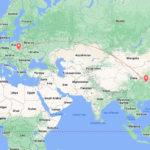


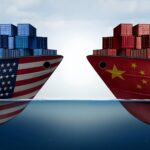




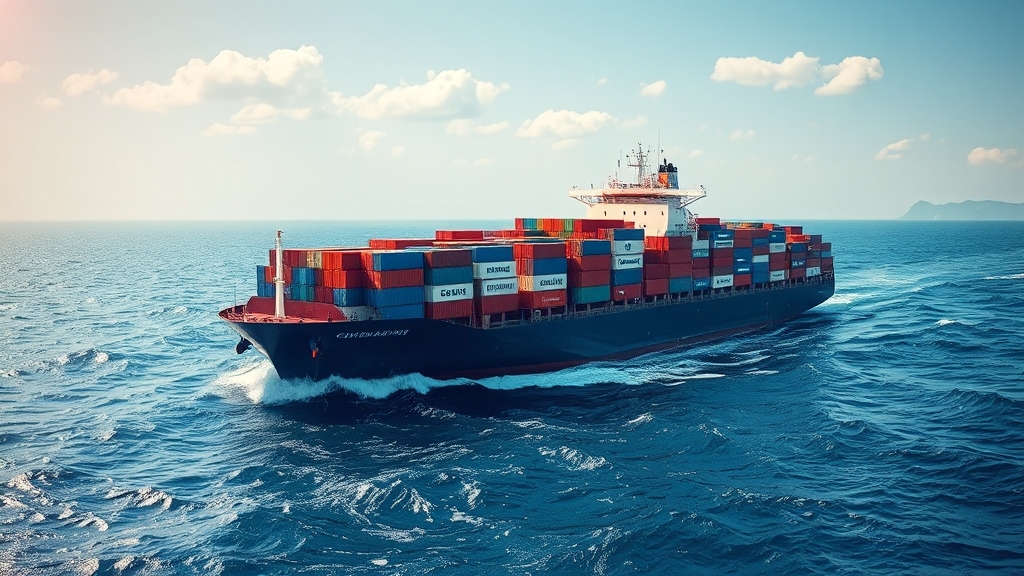
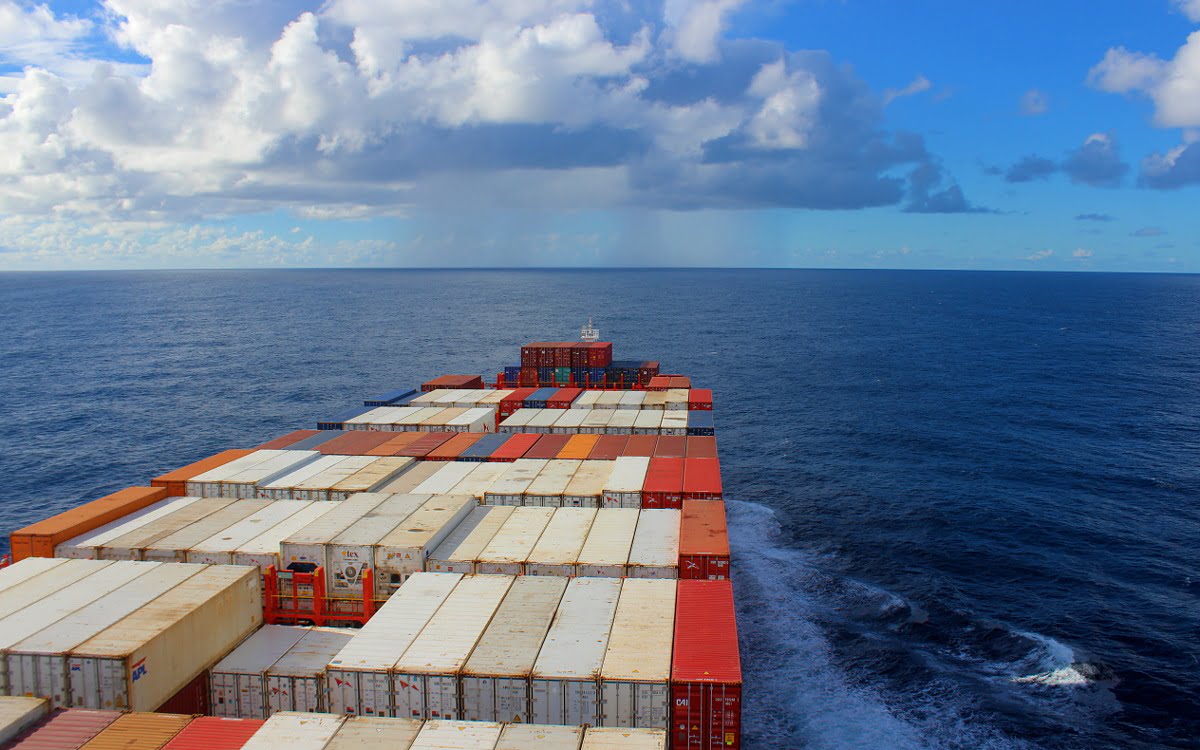
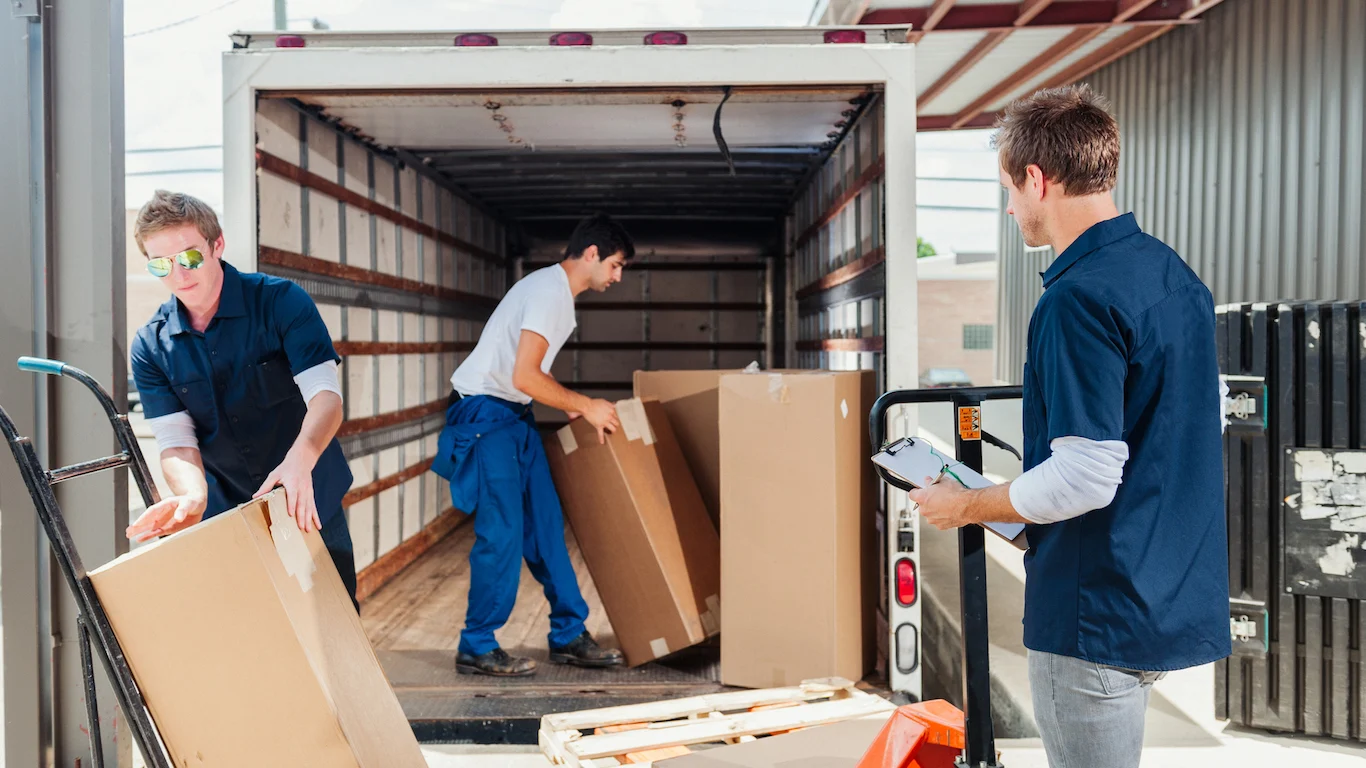
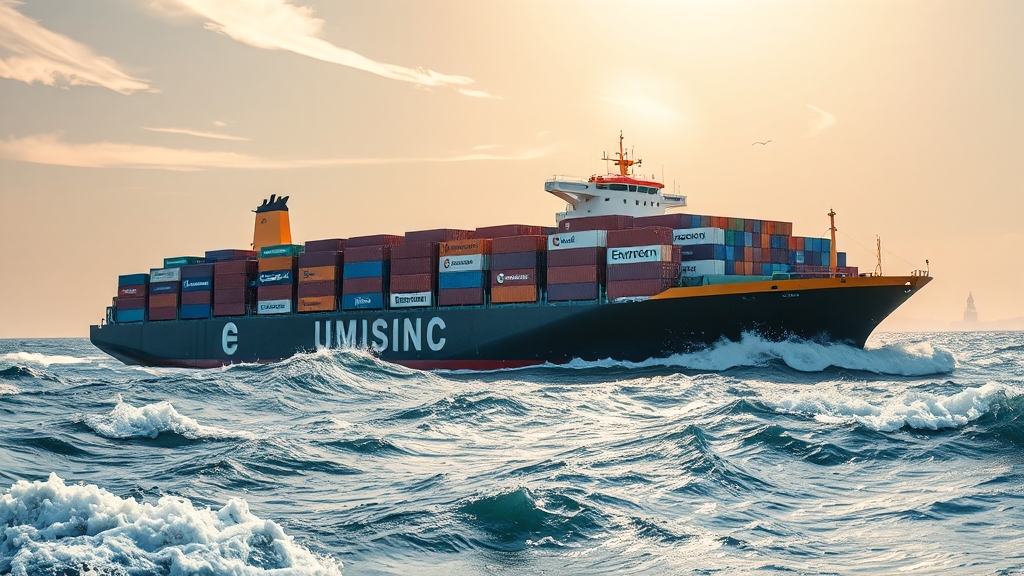
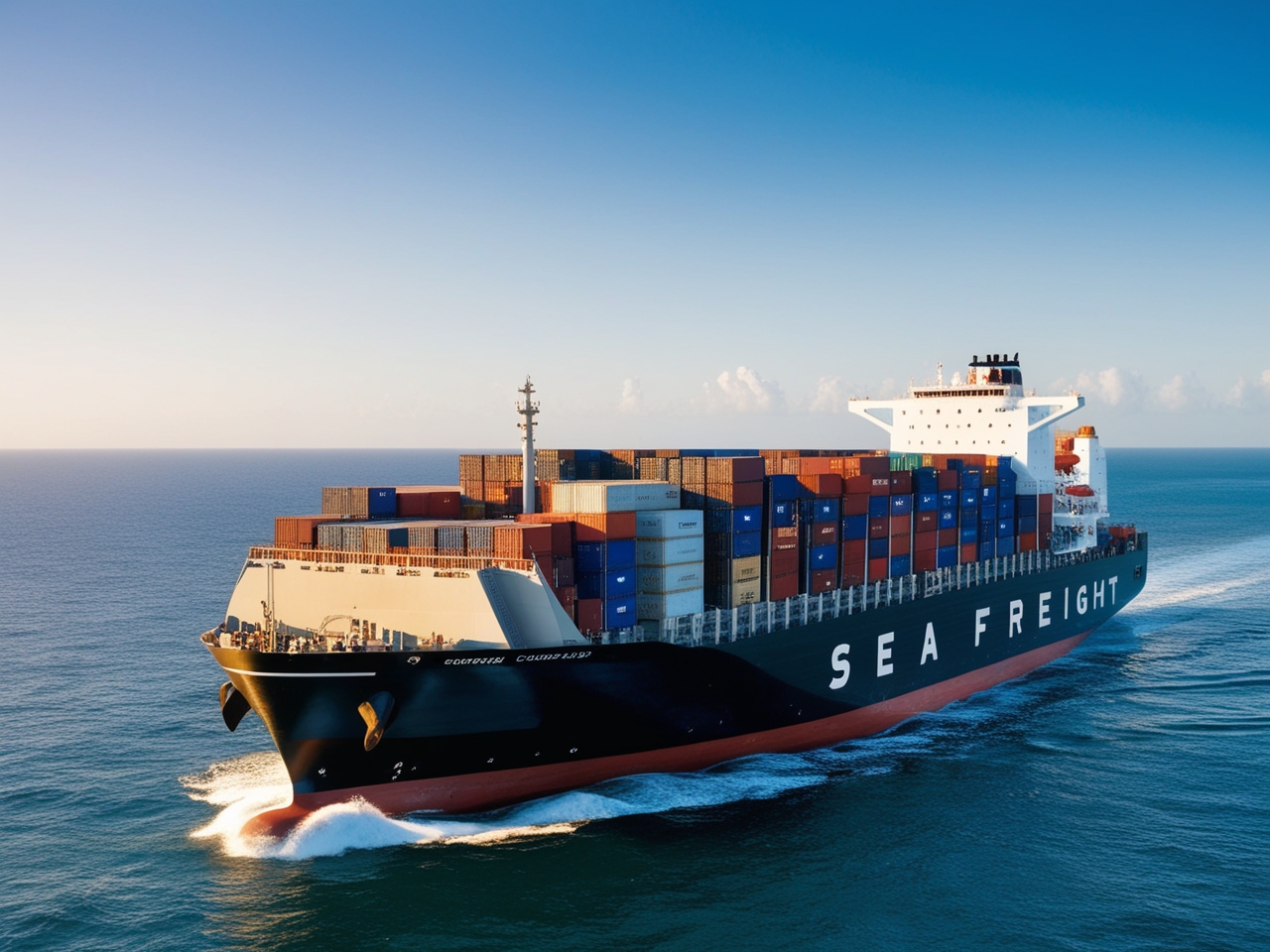





 Afrikaans
Afrikaans Shqip
Shqip አማርኛ
አማርኛ العربية
العربية Հայերեն
Հայերեն Azərbaycan dili
Azərbaycan dili Euskara
Euskara Беларуская мова
Беларуская мова বাংলা
বাংলা Bosanski
Bosanski Български
Български Català
Català Cebuano
Cebuano Chichewa
Chichewa 简体中文
简体中文 繁體中文
繁體中文 Corsu
Corsu Hrvatski
Hrvatski Čeština
Čeština Dansk
Dansk Nederlands
Nederlands English
English Esperanto
Esperanto Eesti
Eesti Filipino
Filipino Suomi
Suomi Français
Français Galego
Galego ქართული
ქართული Deutsch
Deutsch Ελληνικά
Ελληνικά Kreyol ayisyen
Kreyol ayisyen Harshen Hausa
Harshen Hausa Ōlelo Hawaiʻi
Ōlelo Hawaiʻi עִבְרִית
עִבְרִית हिन्दी
हिन्दी Hmong
Hmong Magyar
Magyar Íslenska
Íslenska Igbo
Igbo Bahasa Indonesia
Bahasa Indonesia Gaeilge
Gaeilge Italiano
Italiano 日本語
日本語 Basa Jawa
Basa Jawa ಕನ್ನಡ
ಕನ್ನಡ Қазақ тілі
Қазақ тілі ភាសាខ្មែរ
ភាសាខ្មែរ 한국어
한국어 كوردی
كوردی Кыргызча
Кыргызча ພາສາລາວ
ພາສາລາວ Latin
Latin Latviešu valoda
Latviešu valoda Lietuvių kalba
Lietuvių kalba Lëtzebuergesch
Lëtzebuergesch Македонски јазик
Македонски јазик Malagasy
Malagasy Bahasa Melayu
Bahasa Melayu മലയാളം
മലയാളം Maltese
Maltese Te Reo Māori
Te Reo Māori मराठी
मराठी Монгол
Монгол ဗမာစာ
ဗမာစာ नेपाली
नेपाली Norsk bokmål
Norsk bokmål پښتو
پښتو فارسی
فارسی Polski
Polski Português
Português ਪੰਜਾਬੀ
ਪੰਜਾਬੀ Română
Română Русский
Русский Samoan
Samoan Gàidhlig
Gàidhlig Српски језик
Српски језик Sesotho
Sesotho Shona
Shona سنڌي
سنڌي සිංහල
සිංහල Slovenčina
Slovenčina Slovenščina
Slovenščina Afsoomaali
Afsoomaali Español
Español Basa Sunda
Basa Sunda Kiswahili
Kiswahili Svenska
Svenska Тоҷикӣ
Тоҷикӣ தமிழ்
தமிழ் తెలుగు
తెలుగు ไทย
ไทย Türkçe
Türkçe Українська
Українська اردو
اردو O‘zbekcha
O‘zbekcha Tiếng Việt
Tiếng Việt Cymraeg
Cymraeg יידיש
יידיש Yorùbá
Yorùbá Zulu
Zulu